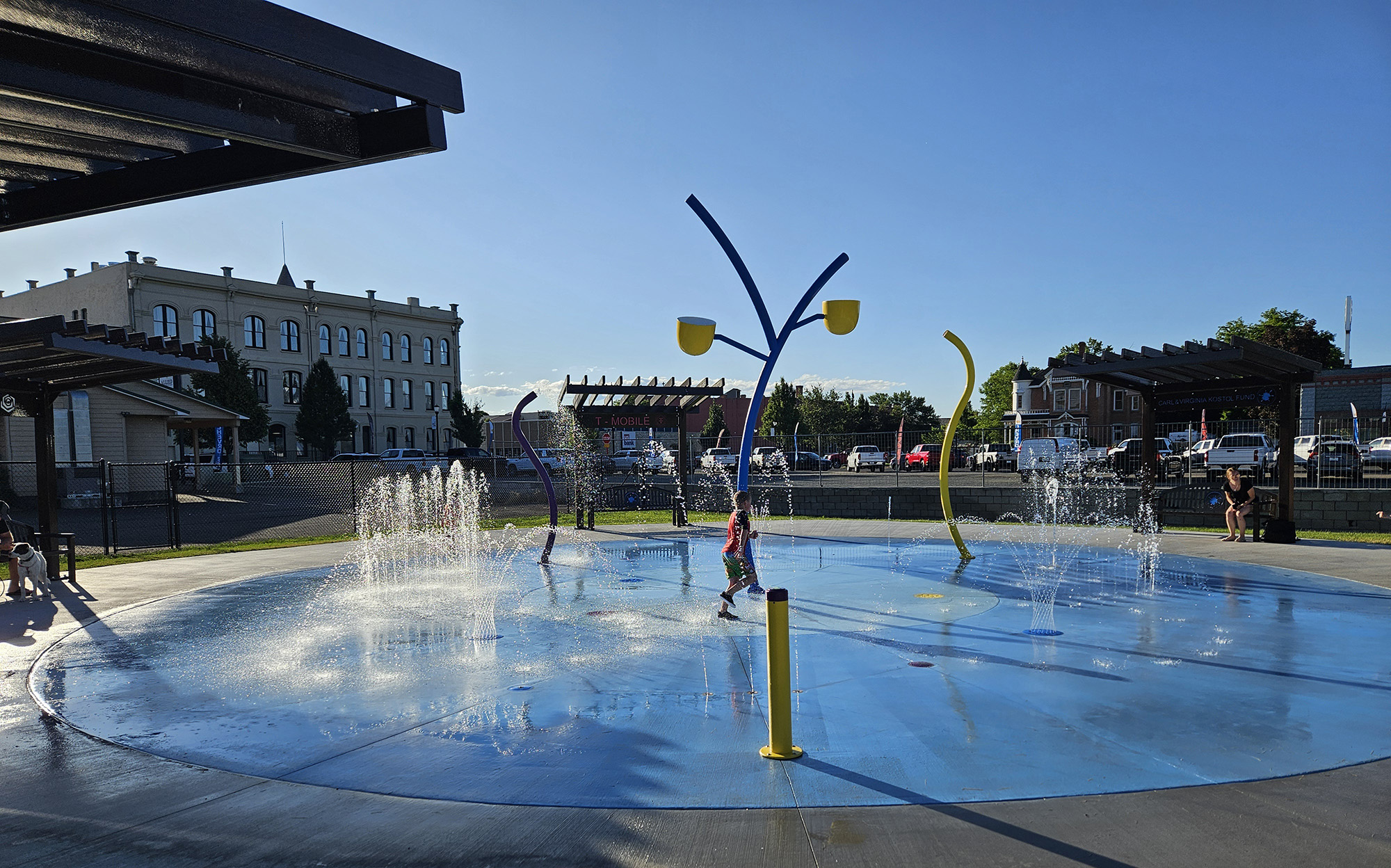COLUMN: Long winter leaves yard needing a makeover
Published 12:45 pm Friday, March 4, 2022
Our yard has reached its seasonal apex of ugliness.
I noticed this the other afternoon when I stopped briefly on the porch and had my first thorough look around the place from that vantage point in a great while.
It was the first day of March.
It was also the first day since Christmas when it wasn’t so cold that I felt compelled to rush inside before serious shivering commenced.
The mild temperature — relatively speaking; it was only around 50, but after such a prolonged period of chill it seemed to my exposed skin as gentle as a balm — had erased the snow on the south side of the house.
The sole exception was a drift of slush surviving in the shelter of the nook beside the rock wall and beneath the currant bush’s sprawling canopy.
The retreating snow revealed the scene peculiar to this purgatorial period which neither winter nor spring claims, a nether season when a snow squall is as plausible as sunshine that bears actual warmth rather than the cruel deceit of a bright day in January.
The general appearance of the yard was unkempt — the outdoor equivalent of a teenager’s bedroom.
Instead of discarded clothing, scraps of paper and candy wrappers, the yard is awash in the detritus that accumulates over a long winter.
It’s a dismal sight, damp and muddy, more reminiscent of the Somme in 1916 than the sylvan and neatly kept scene that I endeavor to maintain during the spring and summer.
(Albeit without shell holes and the corpses of soldiers, the terrible harvest from that World War I battlefield.)
I cringe at the few sodden mounds of willow leaves that I didn’t get around to bagging in the halcyon days of autumn, the previously crisp, lance-shaped leaves now in clumps, as cold and slimy as the remnants of jellyfish on an Oregon beach.
Scattered about are the distinctive brown pebbles that betray the presence of mule deer, the animals having no more respect for my grass than they have for my wife’s flowers and shrubs.
A red plastic fire engine and a diminutive rake are reminders of the last time my grandsons, Brysen, who turned 5 a couple weeks ago, and Caden, 2, were romping about, before the coming of the snow.
In the patch of low ground near the shed, at the southwest corner of our lot where the ground is slow to give up its frost, lies a temporary ice-rimmed pond that I sometimes think is large enough that I ought to stock it with trout. Except I don’t know how to go about procuring a batch of rainbows or brookies. Also I don’t own a fishing pole.
But always the most conspicuous symbol of the long, cold months of neglect, and more numerous than anything except the aforementioned deer pebbles, are the willow limbs.
I like willows in general, and would feel great despair if I lost even one of the five fine examples that grace our lot.
I welcome their shade in the sullen heat of July and I anticipate how their yellow leaves will inflame the dull pewter sky of an October afternoon.
But willows, in common with all but the most saintly among us, whether human or deciduous, have a distinctive flaw.
They shed.
Like a shaggy dog that treats your legs like a tackling dummy, they shed.
And not only leaves, which is to be expected.
Our other big trees, a grand old ash that anchors the corner where the shed stands, and a grove of aspens, aren’t nearly as prone to losing hold of their limbs.
But even after a brief and modest gale, regardless of the season, I know that when I go outside I’ll find that the place is festooned with willow limbs of all sorts.
I’ll find pencil-thin twigs strewn across the lawn.
I’ll find 3-foot-long strands, as flexible as al dente spaghetti, entwined among the two spireas, or dangling, like snakes, from the elderberry.
And I’ll find an occasional chunk of dead wood, as thick as a breadstick.
But of course the volume of this woody jetsam is never so great as at the end of winter, with its inevitable blustery periods. I rarely bother, during the season of snow and ice, to make even a halfhearted effort to keep up with the willows. I prefer to let the snow hide some of the mess, to soften the edges as only snow can do.
Speaking of snow, the contrast, here at the cusp of spring, between the north and south sides of our plot is dramatic, a result of the house set east-west.
Snow still lies half a foot deep on the north side of the house, the coarse icy grains the consistency of a snow cone.
Only topped not with cloyingly sweet syrup in unnaturally rich flavors, but rather that same unappetizing mixture that prevails on the opposite side.
Much as gardeners sometimes choose their planting date based on the recession of the snow patches on a conspicuous nearby peak or slope, I rely on our north yard — what I think of as the backyard though it is a matter of perspective which is the front and which the back — as a bellwether.
When the final scrap of dirty ice finally disappears, likely around the equinox if history can be trusted, I can expect that the first soft green tendrils of new grass will begin to appear on the south lawn (not that I would ever, in conversation, use such a grandiose and presidential term.)
By then I’ll have carted off the last of the leaves and the limbs. And the notion of true warmth, of being able to relax in a comfortable chair with a frosty beer within reach, will again seem plausible and no longer the fever dream of a winter’s night.
Jayson Jacoby is editor of the Baker City Herald.







